Step into the world of one of the most enigmatic and influential figures in English literature and art. William Blake, a visionary poet, painter, and printmaker, left an indelible mark on the Romantic era with his stark and vivid imagery.
Explore the tumultuous life and revolutionary works of this extraordinary artist as we delve into his beliefs, struggles, and creative genius. From his unconventional upbringing to his prophetic visions, each aspect of Blake's life contributed to the creation of his unique and timeless body of work.
Early years and upbringing of William Blake
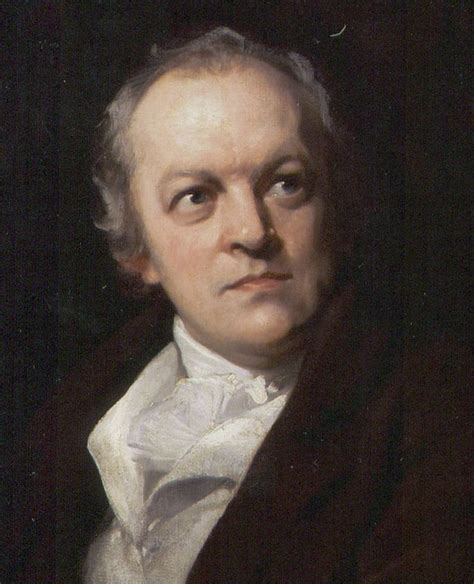
Learn about William Blake's formative years, childhood experiences, and the influences that shaped his early life.
- Blake was born on November 28, 1757, in London, England.
- He was the third of seven children in his family.
- Blake's parents were James Blake, a hosier, and Catherine Wright Armitage Blake.
- His parents encouraged his artistic talents from a young age, providing him with drawing materials and enrolling him in drawing classes.
- Blake's upbringing in London exposed him to the city's vibrant artistic and intellectual scene, influencing his later work.
Blake's Artistic Influences and Mentors
Throughout his life, William Blake was influenced by a variety of artists and mentors who played a significant role in shaping his unique artistic style and vision.
- One of Blake's early mentors was the engraver James Basire, who taught him the craft of engraving and introduced him to the art world.
- Blake was also influenced by the works of Michelangelo, Raphael, and Albrecht Dürer, whose classical artistry inspired him to experiment with different techniques and styles.
- Another important influence on Blake's work was the poet and philosopher Emanuel Swedenborg, whose spiritual teachings and visionary ideas had a profound impact on Blake's own mystical and symbolic imagery.
- Throughout his career, Blake also drew inspiration from the writings of John Milton, Shakespeare, and the Bible, incorporating their themes and motifs into his own artistic creations.
Blake's unique style of poetry and art
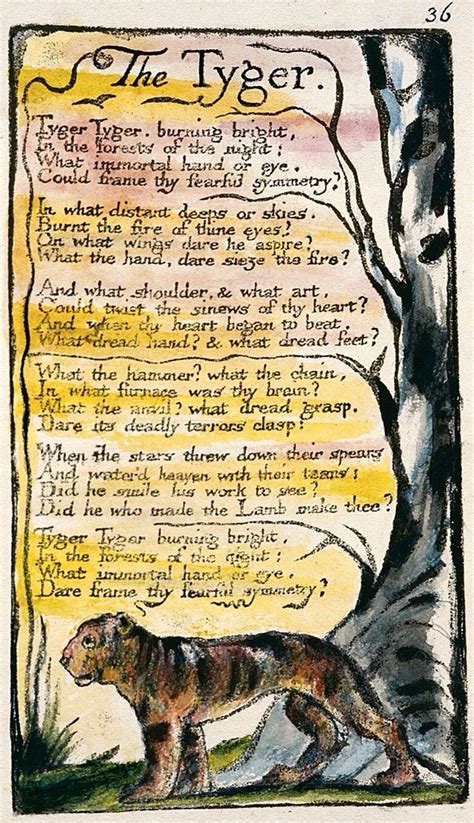
In this section, we will explore William Blake's distinctive approach to poetry and art, which set him apart from his contemporaries and continues to fascinate readers and art lovers to this day.
Blake's poetry: Characterized by its mystical and visionary elements, Blake's poetry often combines innovative language and powerful imagery to convey deep philosophical and spiritual themes. His use of biblical allusions, symbolism, and vivid imagination creates a unique and enigmatic poetic style that challenges traditional literary conventions.
Blake's art: In addition to his poetry, Blake was also a talented visual artist known for his intricate engravings and illustrations. His artwork often reflects the same visionary and symbolic themes found in his poetry, showcasing his distinctive blend of creativity and spirituality. Blake's artistry transcends conventional boundaries, inviting viewers to explore the depths of his imaginative world.
The significance of Blake's religious beliefs
William Blake's religious beliefs played a crucial role in shaping his life and works, influencing his artistic vision and poetic expression. His spiritual beliefs were deeply rooted in mystical and visionary experiences, which are reflected in his poetry, paintings, and prose. Through his unique perspective on religion and spirituality, Blake challenged conventional Christian doctrines and explored themes of divinity, morality, and the nature of existence.
- Blake's religious views were a fusion of Christianity, mythology, and mysticism, reflecting his unconventional and visionary approach.
- His belief in the power of imagination and creativity as divine gifts manifested in his artistic creations, which often depicted spiritual themes and allegorical figures.
- Blake's rejection of organized religion and his emphasis on personal spiritual experience paved the way for a more individualistic and subjective understanding of faith.
- His works are imbued with symbolism, allegory, and spiritual themes that invite readers to contemplate the deeper meanings of existence and the divine presence in everyday life.
Exploring Blake's iconic works and illustrations
In this section, we will delve into the mesmerizing world of William Blake's extraordinary works and intricate illustrations. From his revolutionary poetry to his visionary artwork, Blake's creations have left an indelible mark on the world of art and literature.
Blake's masterpieces showcase his unique blend of spirituality, mysticism, and social commentary. His most famous works, such as "The Tyger" and "The Marriage of Heaven and Hell", continue to captivate audiences with their profound insights and vivid imagery.
Blake's illustrations, which often accompanied his poetry, are equally breathtaking. His intricate engravings bring to life the fantastical worlds and characters he envisioned, giving readers a glimpse into the artist's visionary mind.
Blake's relationships with other artists and writers
In this section, we will explore the connections and collaborations that William Blake had with his contemporaries in the world of art and literature. From his inspirations to his influence on others, we will delve into the rich tapestry of relationships that helped shape Blake's creative vision.
Blake's political views and activism
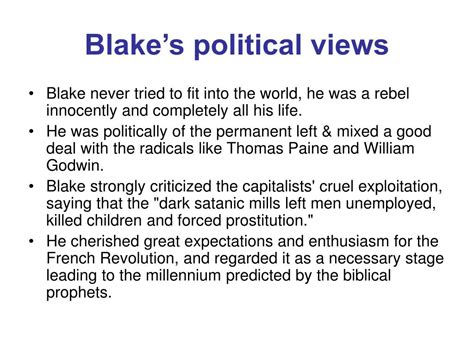
William Blake was not only a renowned poet and artist, but also a passionate political activist who expressed his radical views through his work. His beliefs in social justice, equality, and the rights of the individual were central to his artistic and literary endeavors.
The impact of Blake's work on future generations
William Blake's unconventional artistic vision and revolutionary ideas have had a profound impact on future generations of artists, writers, and thinkers. This section explores how Blake's work continues to inspire and influence creative minds across various fields.
| 1 | Blake's unique blend of poetry and visual art paved the way for modern multimedia artists who experiment with different mediums to convey their message. |
| 2 | His philosophical ideas about the nature of creativity, imagination, and spirituality have influenced the works of philosophers, theologians, and scholars. |
| 3 | Blake's bold exploration of themes such as social injustice, political corruption, and human rights continue to resonate with activists and advocates for change. |
| 4 | His unconventional approach to storytelling and narrative structure has inspired filmmakers, writers, and storytellers to push the boundaries of traditional storytelling. |
Blake's struggles and challenges in his career

In this section, we will explore the various struggles and challenges that William Blake faced throughout his career as an artist and poet. Despite his immense talent and creativity, Blake encountered numerous obstacles that impeded his success and recognition during his lifetime. From financial difficulties to societal rejection, Blake's journey was marked by adversity and perseverance. Let's delve into the hardships that shaped his artistic legacy.
Blake's legacy in the world of art and literature
William Blake's impact on the world of art and literature is undeniable. His unique style and visionary approach have left a lasting impression on generations of artists and writers alike.
- Blake's innovative use of both text and image in his illuminated books continues to inspire contemporary artists and bookmakers.
- His poetic works, such as "Songs of Innocence and Experience" and "The Marriage of Heaven and Hell," have been studied and admired for their depth and complexity.
- Blake's radical ideas about spirituality, creativity, and the nature of existence continue to challenge conventional thinking and spark new avenues of exploration in both art and literature.
Overall, William Blake's legacy transcends time and genre, with his influence being felt in various forms of artistic expression around the world.
The mysterious and visionary aspects of Blake's work
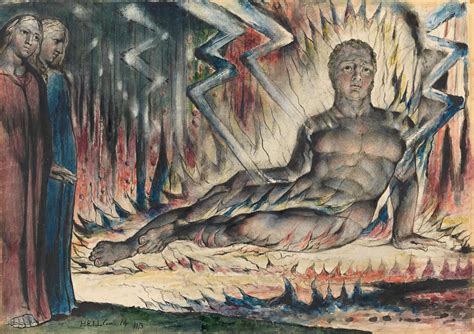
In this section, we delve into the enigmatic and transcendent qualities that permeate William Blake's creative output. His unique blend of spiritual themes, esoteric symbolism, and revolutionary ideas not only set him apart from his contemporaries but also continue to captivate and intrigue audiences to this day. Through a comprehensive exploration of his poetry, paintings, and prints, we uncover the mystical depths of his imagination and the profound insights that characterize his visionary genius.
| Key themes explored: | Spirituality, mysticism, symbolism |
| Notable works: | The Marriage of Heaven and Hell, Songs of Innocence and of Experience, The Book of Urizen |
| Legacy: | Influential figure in Romanticism, precursor to Symbolism and Surrealism |
Blake's exploration of themes such as innocence and experience
In his works, William Blake delved deep into contrasting themes such as innocence and experience. Through his art and poetry, he explored the complexities and dualities of human existence, shedding light on the interplay between purity and corruption, naivety and wisdom, and beauty and darkness.
Uncovering the hidden symbolism in Blake's art
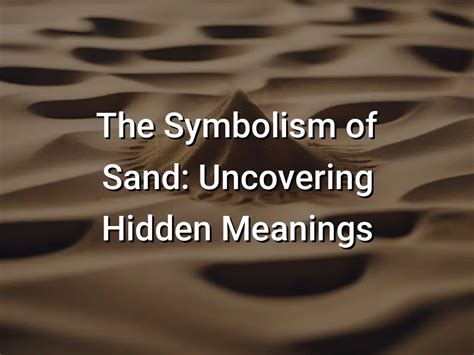
Explore the intricate and profound symbolism hidden within William Blake's artworks. Delve into the layers of meaning and discover the deeper message behind his captivating visual compositions. Below is a table highlighting some key symbols commonly found in Blake's art:
| Symbol | Meaning |
|---|---|
| The Lamb | Represents innocence and purity |
| The Tyger | Symbolizes power and strength, as well as the darker side of humanity |
| The Tree of Knowledge | Signifies the quest for enlightenment and the eternal struggle between good and evil |
Blake's Views on the Industrial Revolution and Social Changes
In this section, we will explore William Blake's perspective on the industrial revolution and the social changes that were taking place during his time. Blake was a visionary poet and artist who had strong opinions about the shifts happening in society, particularly with regard to industrialization and its impact on human relationships.
- Blake believed that the industrial revolution was dehumanizing and destructive, leading to the exploitation of workers and the degradation of nature.
- He saw the mechanization of labor as a threat to the creativity and spirituality of individuals, promoting a materialistic mindset that alienated people from their true essence.
- Blake criticized the social inequalities exacerbated by industrialization, pointing out the widening gap between the rich and the poor and the loss of community and empathy.
The enduring relevance of Blake's works in the modern world
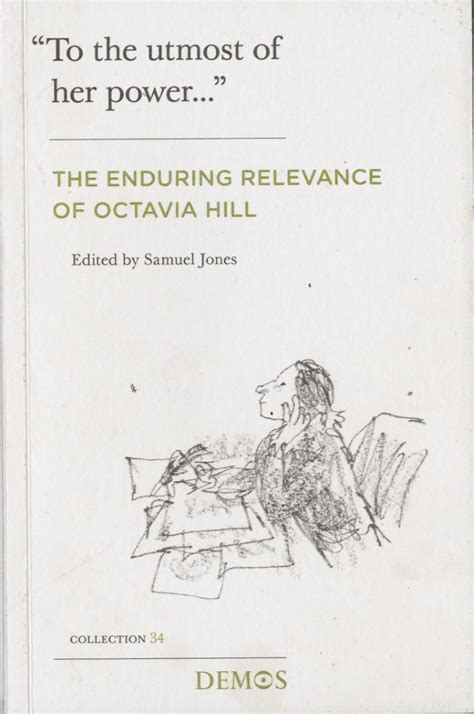
William Blake's visionary works continue to resonate with audiences today, inspiring new interpretations and sparking discussions about art, literature, and the human experience. From his revolutionary approach to creativity to his exploration of complex themes such as spirituality, social justice, and the imagination, Blake's work remains a source of inspiration and intrigue for contemporary artists, writers, and thinkers.
FAQ
Who was William Blake?
William Blake was an English poet, painter, and printmaker who is considered one of the greatest figures of Romanticism in the 18th century.
What are some of William Blake's most famous works?
Some of William Blake's most famous works include "Songs of Innocence and Experience," "The Marriage of Heaven and Hell," and "The Tyger."
How did William Blake's unique style of combining poetry and visual art influence other artists?
William Blake's unique style of combining poetry and visual art inspired later artists such as the Pre-Raphaelites and the Symbolists, who admired his rich symbolism and mystical themes.
What were some of the major themes in William Blake's work?
Some of the major themes in William Blake's work include the nature of good and evil, the power of imagination, and the importance of spiritual and artistic freedom.
How was William Blake viewed by his contemporaries during his lifetime?
During his lifetime, William Blake was often seen as a madman and his work was not widely appreciated. However, he has since been recognized as a visionary genius and a key figure in the history of English literature.
Can you tell me more about William Blake's early life and upbringing?
William Blake was born in London in 1757 to a family of humble origins. He showed artistic talent from a young age and was encouraged by his parents to pursue his passion for drawing and painting. Despite his limited formal education, Blake's creative genius blossomed early on, setting the stage for his future achievements as a visionary poet and artist.



